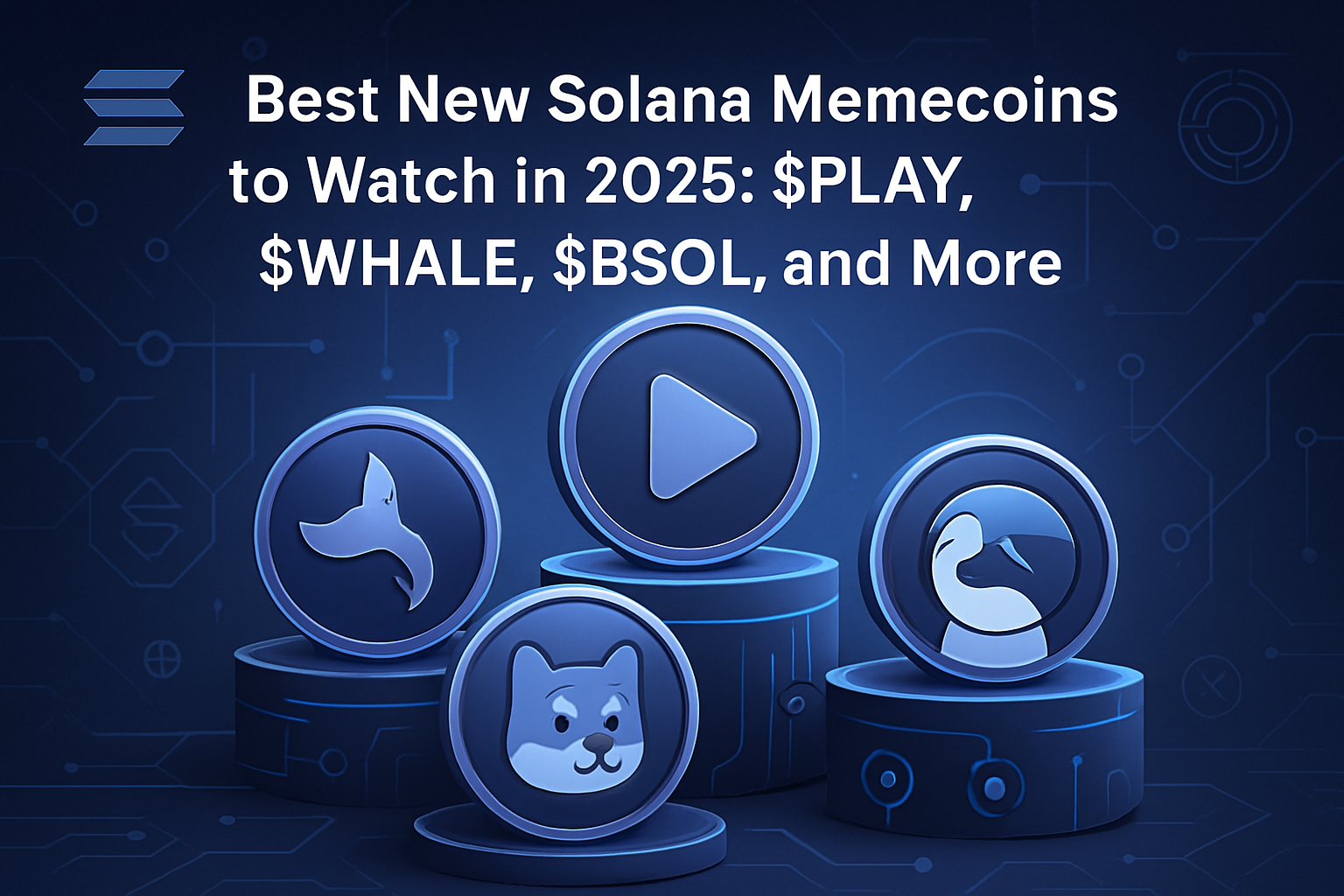How Kamino Finance is Revolutionizing Solana DeFi with $100M+ Main Pool Liquidity

Kamino Finance has rapidly established itself as the strategic engine behind Solana’s DeFi resurgence, harnessing over $16 billion in assets and commanding 38% of Solana’s DeFi Total Value Locked (TVL) as of late May 2025. This dominance is not accidental. Kamino’s relentless focus on automated liquidity management, unified lending, and risk-mitigated leverage is setting a new standard for capital efficiency across all Solana DeFi platforms in 2025.
Solana’s DeFi Landscape in 2025: New Highs, New Players
With Binance-Peg SOL trading at $159.59, Solana’s ecosystem is more robust than ever. The chain has become the backbone for tokenized stocks, stablecoins, and next-generation DeFi protocols. Notably, Solana-based tokenized stocks have surpassed a $100 million market cap, outpacing Ethereum for onchain financial integration (source). In this context, Kamino Finance stands out by offering deep liquidity and frictionless access to advanced strategies – a combination that is reshaping user expectations for decentralized finance.
“Kamino isn’t just another yield farm, it’s the infrastructure layer that finally makes Solana DeFi accessible to both institutions and power users. ”
The Engine: Automated Liquidity Management at Scale
The core of Kamino’s value proposition lies in its automated liquidity vaults. These smart vaults dynamically adjust concentrated liquidity positions, optimizing price ranges and rebalancing assets with surgical precision. The result? Users enjoy up to 3x higher capital efficiency while experiencing a dramatic 60% reduction in impermanent loss compared to traditional AMMs.
This approach has transformed main pool analytics: flagship pools like SOL/USDC are now delivering annualized yields between 22% and 35%, drawing both retail and institutional capital into the ecosystem (details here). Kamino’s vaults are not just passive, they are actively managed by algorithms designed to maximize real returns while minimizing risk exposure.
Lending Reinvented: Unified Markets and Elevated Efficiency
K-Lend, Kamino’s lending arm, replaces fragmented multi-pool structures with a single unified liquidity market. This innovation enables seamless borrowing and lending across assets, increasing utilization rates and driving more competitive interest rates for depositors. The introduction of eMode (Elevation Mode) further unlocks up to 90% LTV ratios for highly correlated pairs, making capital work harder without exposing users to unnecessary systemic risk (see analysis).
This architecture is already proving resilient in volatile conditions; recent monthly risk insights from Kamino Governance show $7.3M liquidated in altcoin/main markets but zero forced liquidations elsewhere, a testament to robust internal controls.
Solana Technical Analysis Chart
Analysis by Nina Caldwell | Symbol: BINANCE:SOLUSDT | Interval: 1W | Drawings: 7
Technical Analysis Summary
Begin by marking the primary support and resistance levels at $155 and $180, respectively, with horizontal lines. Draw a descending trend line from the March 2025 high (above $260) through to the July 2025 lower highs, illustrating the macro downtrend. Add a secondary rising trend line from the April 2025 low (near $120) through to the July 2025 higher lows, indicating emerging bullish momentum. Identify the consolidation range between $140 and $180 seen from May to July 2025 using a rectangle. Mark a recent breakdown below $180 with an arrow marker. Highlight potential entry zones near $155 (support) and exit zones at $180 (resistance). Annotate volume and MACD signals if visible (not in the image), but recommend using callouts for these indicators if present on TradingView.
Risk Assessment:medium
Analysis: While Solana’s DeFi fundamentals are strengthening, the chart shows a pattern of lower highs and failed breakouts.
The $155 support is critical for stability;
a break below increases downside risk.
Given macro uncertainty and high volatility,
a conservative,
low-leverage approach is warranted.
Solana (SOL) Price Prediction 2026-2031
Professional Forecasts Based on Kamino Finance’s Impact, DeFi Growth, and Current 2025 Market Data ($159.59 SOL)
| Year | Minimum Price (Bearish) | Average Price (Base Case) | Maximum Price (Bullish) | Year-over-Year % Change (Avg) | Market Scenario Insights |
|---|---|---|---|---|---|
| 2026 | $120.00 | $175.00 | $260.00 | +10% | Market consolidates after rapid DeFi growth; regulatory clarity and Kamino’s dominance support upward price action. |
| 2027 | $145.00 | $215.00 | $350.00 | +23% | Strong DeFi adoption, increased institutional interest, and new tokenized assets drive higher usage and value. |
| 2028 | $175.00 | $265.00 | $420.00 | +23% | Solana’s tech upgrades and cross-chain integrations boost ecosystem utility and TVL growth. |
| 2029 | $200.00 | $310.00 | $500.00 | +17% | Mature DeFi landscape; competition from new L1s tempers growth, but Kamino’s innovations maintain Solana’s edge. |
| 2030 | $230.00 | $360.00 | $590.00 | +16% | Wider mainstream adoption and regulatory green lights; stablecoin and tokenized stock activity peak. |
| 2031 | $260.00 | $415.00 | $700.00 | +15% | Solana cements position as top DeFi chain; further ecosystem expansion and institutional products. |
Price Prediction Summary
Solana (SOL) is positioned for steady growth through 2031, buoyed by Kamino Finance’s leadership in DeFi, robust adoption, and ongoing technical innovation. While volatility and competition will persist, the base case projects a progressive rise in SOL’s value, with bullish scenarios possible if DeFi and tokenized asset trends accelerate.
Key Factors Affecting Solana Price
- Kamino Finance’s continued dominance and innovation in Solana DeFi.
- Growth of tokenized stocks and stablecoin activity on Solana.
- Institutional adoption and regulatory clarity, especially in the US and EU.
- Technical upgrades and scalability improvements for Solana.
- Competition from emerging layer-1 and layer-2 blockchains.
- Macroeconomic factors and global crypto market cycles.
Disclaimer: Cryptocurrency price predictions are speculative and based on current market analysis.
Actual prices may vary significantly due to market volatility, regulatory changes, and other factors.
Always do your own research before making investment decisions.
KAMINO Tokenomics: Aligning Incentives with Growth
The KMNO token underpins governance, yield amplification, and protocol sustainability. With an initial circulating supply of 1 billion (out of a total 10 billion), staking KMNO can boost protocol points by up to 300%, supercharging yield farming returns for active participants. A deflationary buyback-and-burn mechanism helps control inflation, ensuring long-term alignment between user incentives and protocol health.
Kamino’s tokenomics are engineered for more than just short-term hype. By giving governance power to token holders, the protocol ensures that fee structures, product launches, and incentive designs are responsive to its most engaged users. This mechanism also attracts sophisticated liquidity providers who demand transparency and direct influence over protocol direction. The result is a positive feedback loop: as Kamino’s TVL grows, so does the value proposition for both KMNO stakers and everyday users seeking reliable yield in Solana DeFi.
Kamino Finance’s Breakthrough Innovations in 2025
-
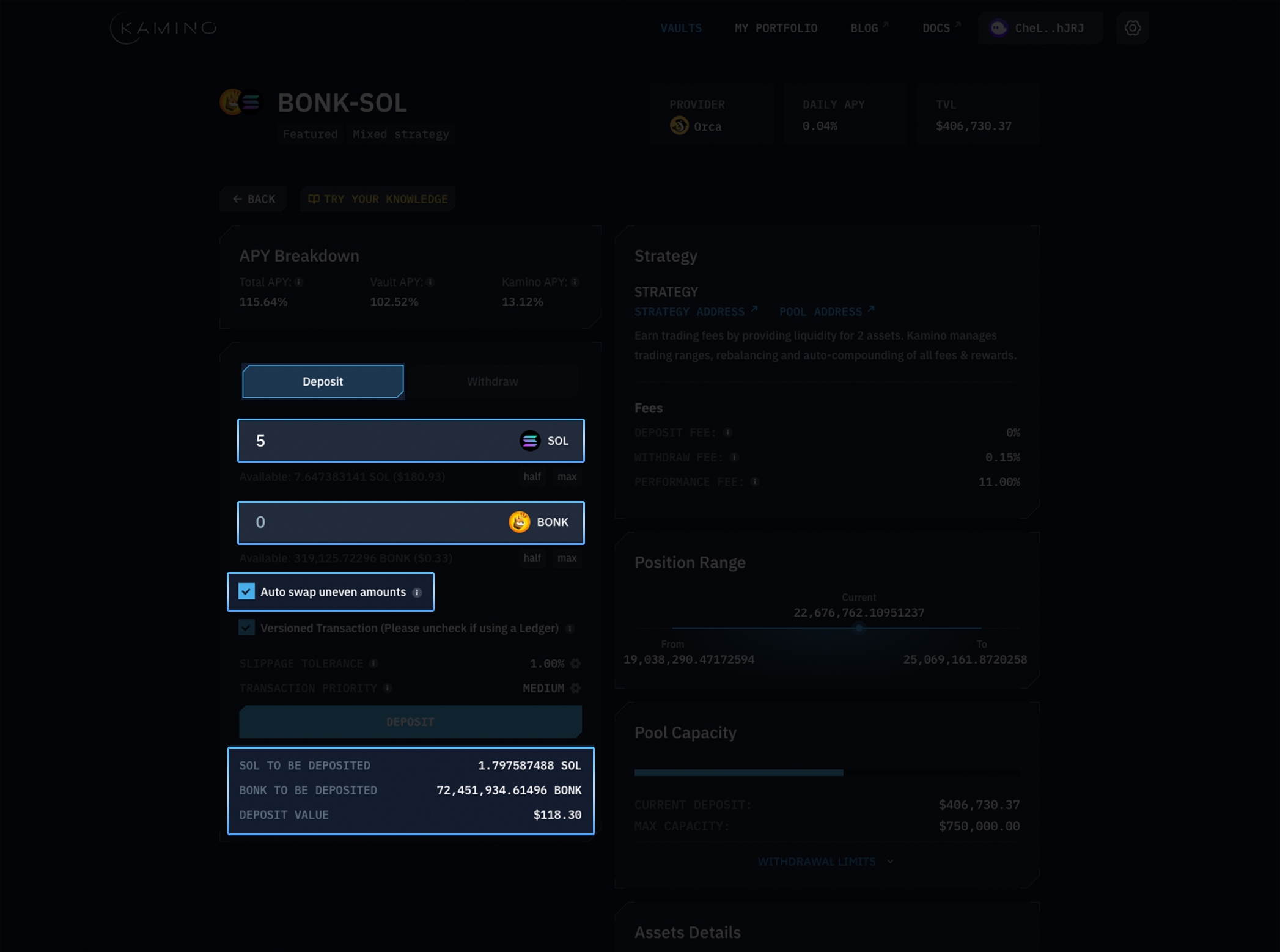
Automated Liquidity Vaults: Kamino’s smart vaults optimize concentrated liquidity by dynamically adjusting price ranges and rebalancing positions, tripling capital efficiency and reducing impermanent loss by 60% compared to traditional AMMs. Example: The SOL/USDC pool delivers annual yields between 22% and 35%.
-
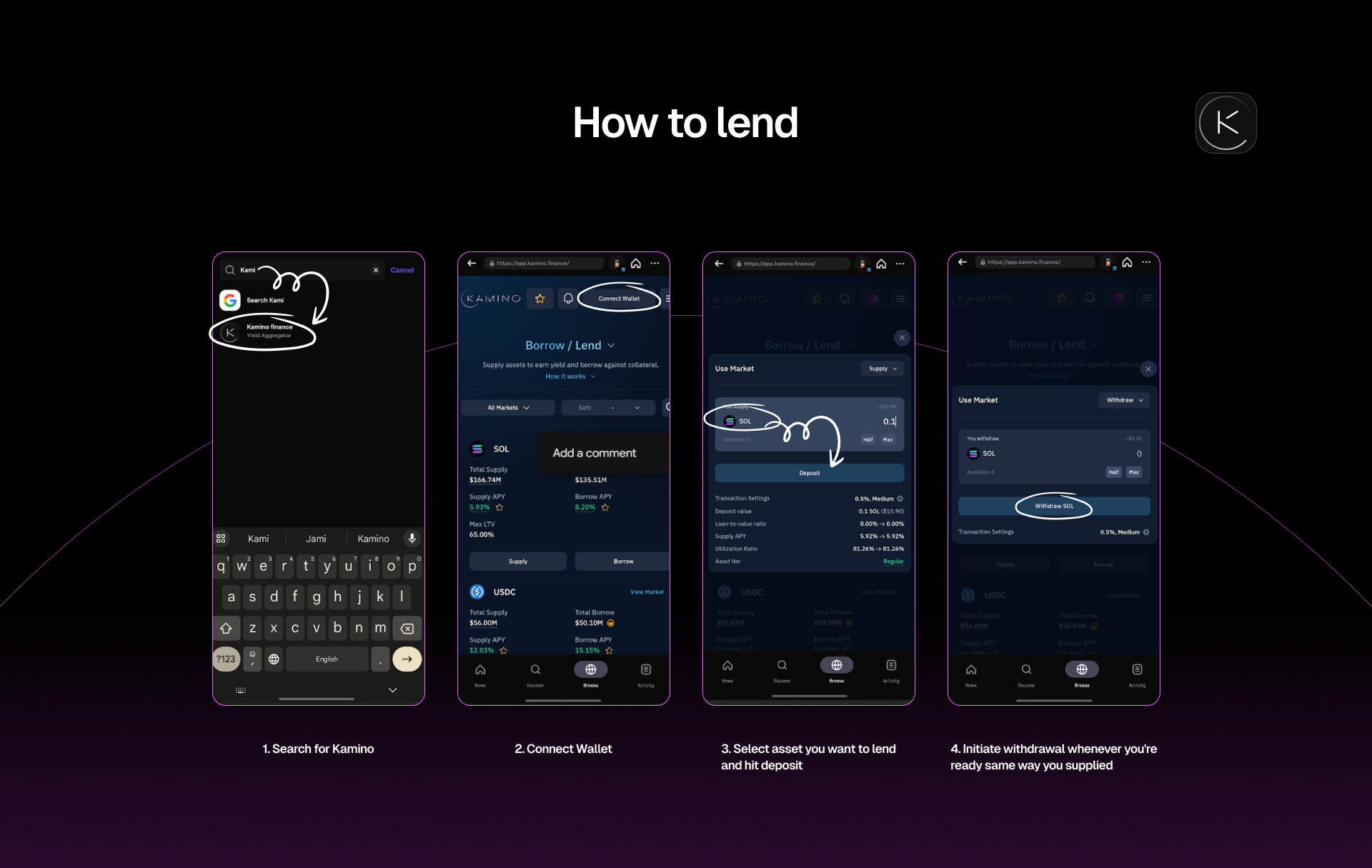
Unified Lending and Leverage Platform: With Kamino Lend (K-Lend), users access a single liquidity market for lending, borrowing, and leverage, replacing fragmented pools. The Elevation Mode (eMode) enables borrowing of highly correlated assets at up to 90% loan-to-value (LTV), maximizing capital efficiency.
-
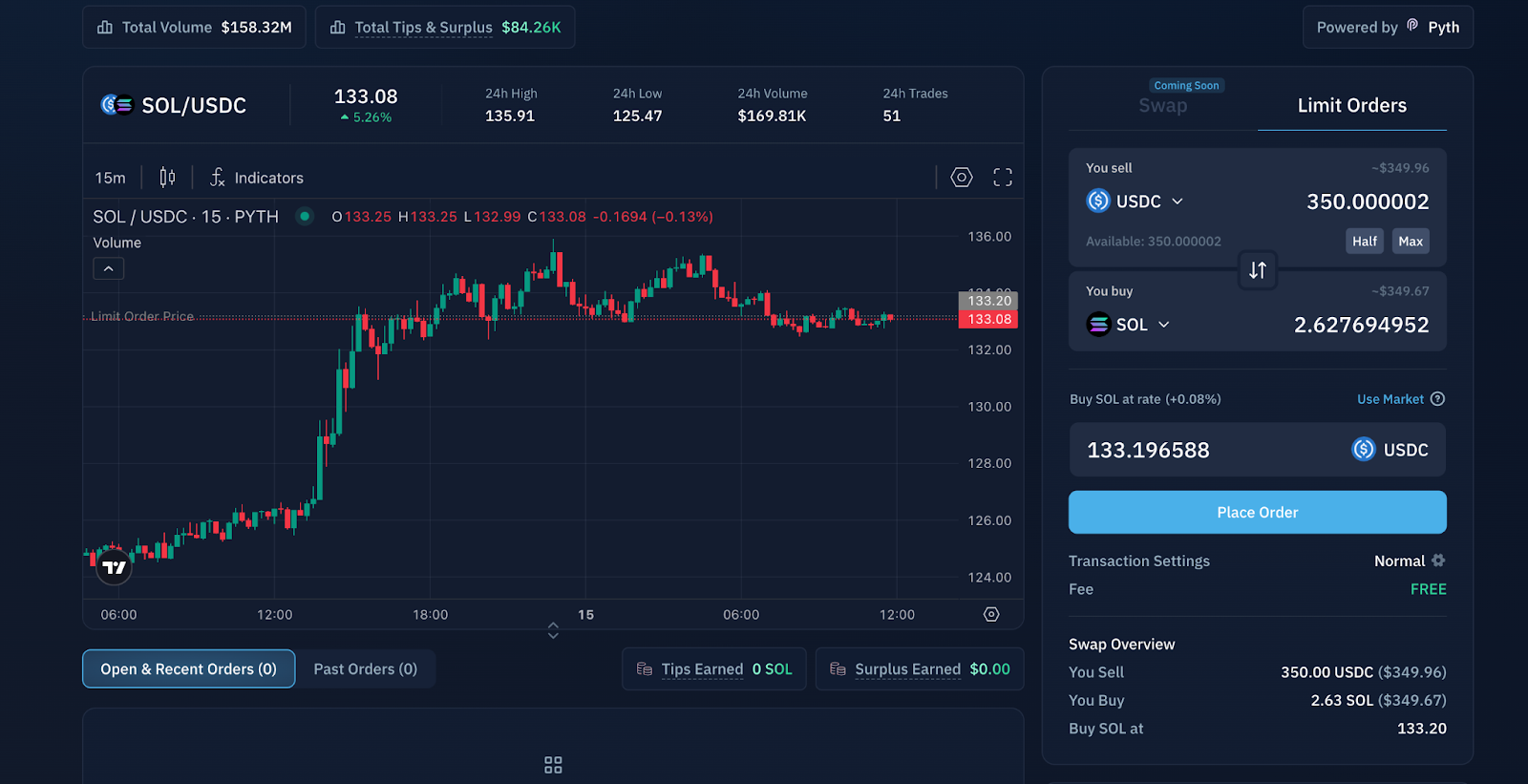
Multiply Vaults & Real-Time Risk Management: Kamino’s Multiply Vaults let users deploy up to 5x leverage with real-time liquidation risk monitoring. The platform’s Risk Dashboard and Automated Deleverage tools proactively safeguard assets, as demonstrated by the platform’s resilience during recent $7.3M collateral liquidations with no forced closures in other markets.
-
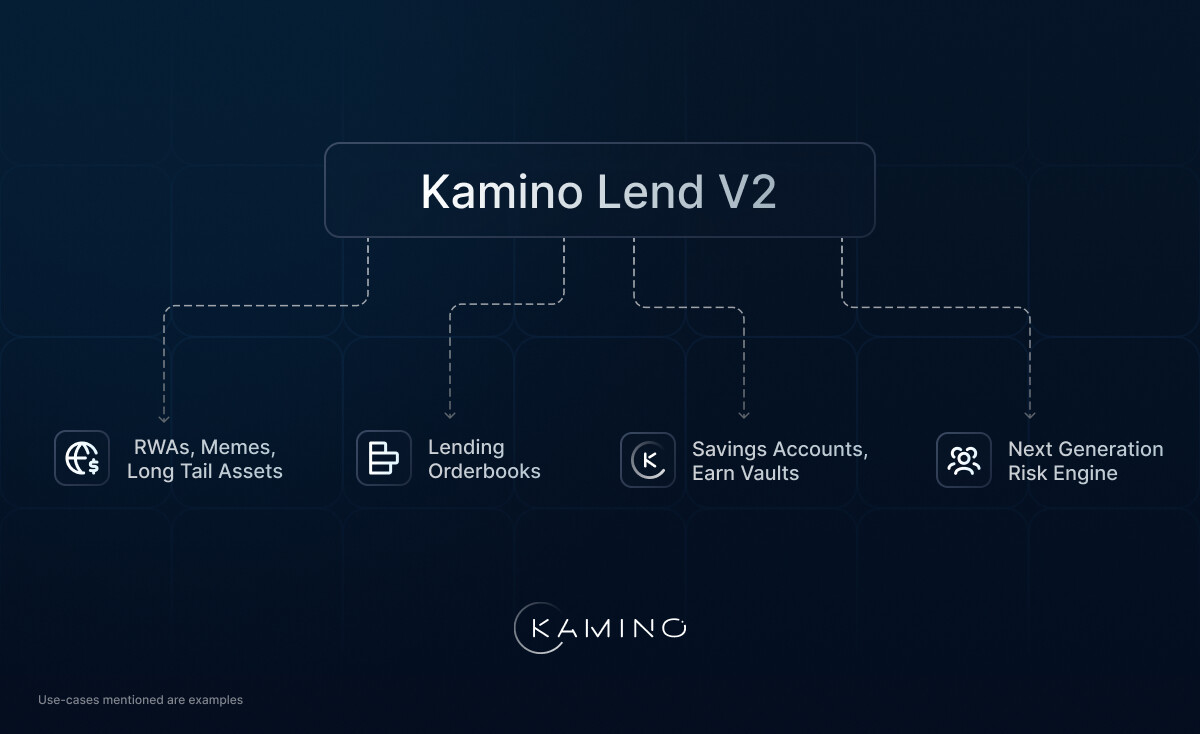
Innovative Tokenomics & Governance: The KMNO token empowers holders with governance rights over protocol fees and product launches. Staking KMNO can grant up to a 300% multiplier in protocol points, while a deflationary mechanism uses transaction fees for token buyback and burning to control inflation.
-
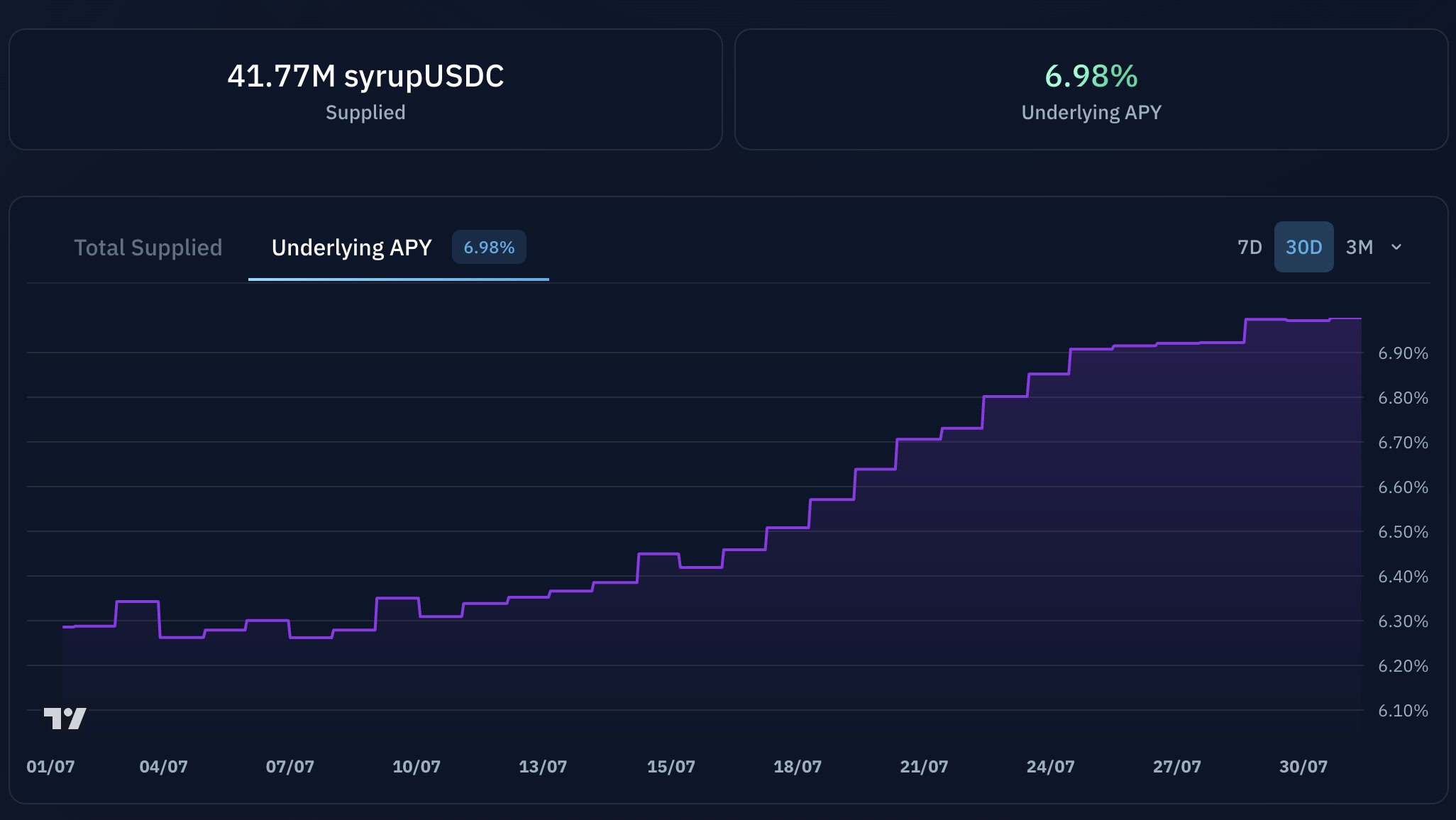
Integration of Institutional Yields: Kamino’s onboarding of SyrupUSDC across its lending, leverage, and liquidity products gives users access to Maple’s institutional USDC yields, enhancing yield opportunities and attracting institutional capital to Solana DeFi.
Recent integrations further highlight Kamino’s adaptability. The onboarding of SyrupUSDC, for example, now gives users access to institutional-grade USDC yields via Maple, all within Kamino’s native interface. This sort of composability is what sets Solana DeFi platforms like Kamino apart from legacy chains: frictionless access to new assets and strategies without sacrificing risk controls or transparency (details).
Risk Management: Built-In Resilience
As capital rotates into more sophisticated DeFi strategies, robust risk management becomes non-negotiable. Kamino addresses this with real-time dashboards, automated deleveraging tools, and transparent reporting on all major events, such as the recent $7.3M in liquidations limited to altcoin/main markets. Notably, no forced liquidations occurred elsewhere on the platform during turbulent periods (source). This resilience is crucial for attracting institutional capital and maintaining user trust.
The platform’s Multiply Vaults allow up to 5x leverage but integrate proactive risk monitoring, giving users a live view of their liquidation risks and enabling swift action when volatility spikes. This granular control contrasts sharply with the one-size-fits-all approach still prevalent on other chains.

What Sets Kamino Apart? User Experience Meets Institutional Scale
Kamino Finance is not just another DeFi protocol, it acts as the connective tissue across Solana’s rapidly evolving financial stack. By aggregating deep liquidity, automating complex strategies, and providing best-in-class risk management tools, it bridges the gap between retail accessibility and institutional-grade infrastructure.
This unique positioning is amplified by Solana’s own momentum in 2025. With Binance-Peg SOL holding at $159.59, Solana remains a magnet for both speculative flows and real-world asset tokenization initiatives, most notably in tokenized stocks that have already surpassed a $100 million market cap (context). As more traditional assets migrate onchain via platforms like Kraken or Raydium, protocols like Kamino will be critical in providing seamless access to liquidity while managing risk at scale.
Looking Ahead: The Next Phase for Solana DeFi Platforms
The competitive landscape among Solana DeFi platforms in 2025 continues to intensify with new entrants like Fogo promising lower latency and higher throughput, but none yet match Kamino’s blend of automation, composability, and robust governance. For investors tracking Solana borrowing liquidity or seeking exposure to next-generation protocols with proven track records, Kamino remains a strategic anchor point.
The synergy between rising TVL figures (now above $16 billion), innovative features like eMode and Multiply Vaults, plus resilient risk management makes it clear why Kamino is at the heart of Solana’s DeFi renaissance. As macro conditions evolve and real-world assets increasingly move onchain, expect Kamino, and by extension SOL, to remain central players in shaping decentralized finance for years ahead.


